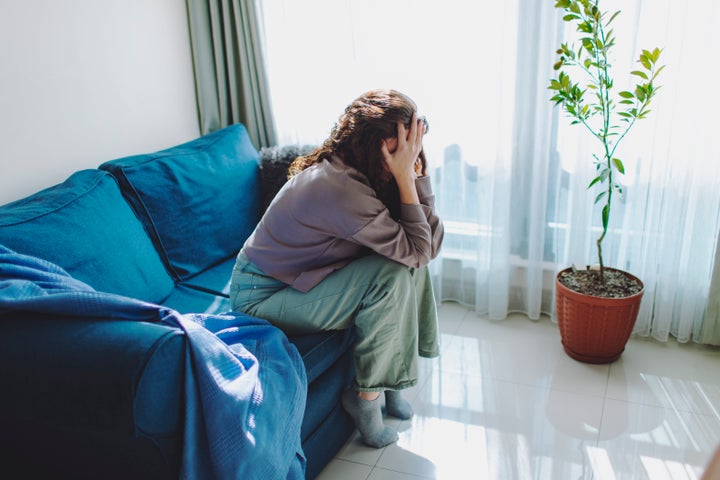
Eczema – which is an extremely uncomfortable, itchy and painful skin condition at the best of times – is being made worse in some cases by the use of the topical steroid creams that are being prescribed to help treat it.
Eczema sufferers on TikTok are sharing their tales of dealing with head-to-toe scabby, peeling and inflamed skin, after going through what’s known as topical steroid withdrawal (TSW).
What is topical steroid withdrawal?
There’s no known cure for atopic eczema at the moment, but topical steroid creams and lotions are the most commonly prescribed treatment to help with symptoms, along with emollient creams.
They’ve been used for the past 50 years to help reduce inflammation in the skin.
When a person stops using topical steroids, they might suffer a reaction as a result – which in some cases can be worse than the eczema itself.
There is growing evidence of topical steroid withdrawal reactions if they are used continually for a long time, a government report says.
The National Eczema Association says it’s not yet known what amount of steroid use causes TSW, how many people have the condition and what percentage of people using topical steroids may develop it.
Symptoms of TSW
The government’s report warns that if used continuously for prolonged periods, a withdrawal reaction may occur on stopping treatment of topical steroids with some or all of the following features:
- Redness of the skin which can extend beyond the initial area treated,
- A burning or stinging sensation,
- Intense itching,
- Peeling of the skin,
- Oozing open sores.
Other symptoms can include:
- Wrinkling, thin skin,
- Shivering and fatigue,
- Pain,
- Insomnia,
- Hair loss,
- Depression and anxiety.
How soon after withdrawal do these effects happen?
It’s been reported that the signs and symptoms occur within days to weeks after discontinuation of long-term topical steroid treatment.
The UK government’s report says topical steroid withdrawal reactions are thought to result from prolonged, frequent, and inappropriate use of moderate to high-potency topical corticosteroids.
“To date, they have not been reported with normal use, such as treating certain skin conditions for short periods of time, or with short breaks in treatment over an extended period,” it says.
In cases where people have experienced immediate reactions or reactions while using the steroids, this may be down to an allergy, it suggests.
One TikTok creator shared clips of her skin, which, even four months down the line after stopping using topical steroid treatments, looked raw and painful.
She said she felt “absolutely horrendous” and that she was bed-bound for three days prior to making the video due to how bad she felt.
What can help with TSW?
Topical steroid withdrawal isn’t widely understood, and it’s only recently that many people have started speaking out about living with it.
Some steps that are said to help ease the symptoms include:
- Gradually slowing use of steroid creams rather than suddenly stopping them to reduce and manage the effect of a shock to the system. In some cases though, dermatologists may suggest immediately stopping them.
- Taking oral corticosteroids for a few weeks while your body adjusts to stopping taking steroids topically could help ease symptoms.
- Taking antibiotics if your TSW causes infections, which it can do.
- Research shows that an injection of the medication dupilumab can help reduce symptoms of TSW.